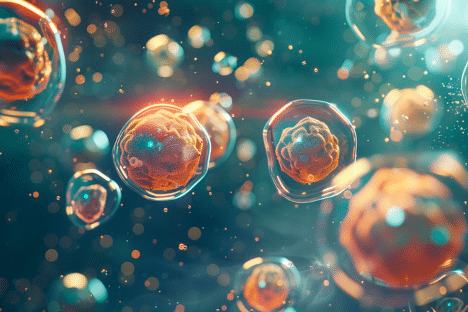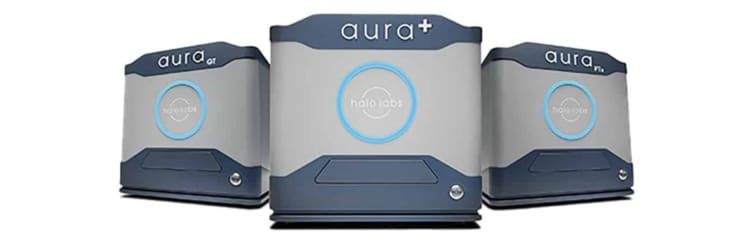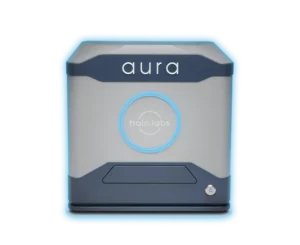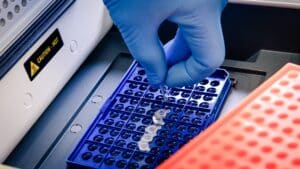Navigating the Hidden Threats: Managing Particulate Contamination in Cell Therapy
April 9, 2025
In the realm of cutting-edge medical treatments, cell therapy products have emerged as revolutionary tools in combating a myriad of diseases, ranging from cancer to genetic disorders. These therapies harness the power of living cells to regenerate damaged tissue, modulate immune responses, or directly target malignant cells. However, amidst the promise of these novel treatments lies a lurking danger that threatens both drug stability and patient safety: particulate contamination. In a recent study, industry leaders are raising concerns and awareness for particulate management and monitoring in cell- and gene-specific therapies.

Particulate in Cell Therapy: Under Investigated Dangers
Particulates in cell therapies, whether cellular debris, aggregates of therapeutic cells, or foreign materials introduced during manufacturing, pose significant risks to their efficacy and safety. These microscopic entities can trigger adverse immune reactions, compromise the integrity of the therapeutic product, and hinder its delivery to targeted tissues. Therefore, understanding the dangers associated with particulates in cell therapies is paramount for ensuring successful treatment outcomes and safeguarding patient well-being.
One of the primary concerns surrounding particle contamination in cell therapies is its potential to provoke immune responses in recipients. When particulates are introduced into the bloodstream or tissue microenvironment, they can elicit inflammatory reactions, leading to complications such as cytokine release syndrome or graft-versus-host disease. These immune-related adverse events not only jeopardize patient safety but also diminish the therapeutic efficacy of the treatment, undermining efforts to combat the underlying disease.
Moreover, particles can compromise the stability and potency of cell therapies, rendering them less effective or even inert. Aggregates of therapeutic cells, for instance, may impede proper cell signaling and function, reducing their ability to exert the desired therapeutic effects. In addition, particulates can interfere with drug delivery mechanisms, obstructing the circulation or migration of therapeutic cells to target sites within the body. This impediment not only diminishes the therapeutic potential of the treatment but also increases the likelihood of off-target effects and systemic toxicity.
Particulate Challenges in Cell Therapy Manufacturing
Particulate contamination poses challenges to the manufacturing and quality control processes of cell therapies. Ensuring the purity and consistency of therapeutic products is essential for regulatory compliance and clinical success. However, the presence of particulate matter complicates these efforts, necessitating stringent measures for detection, characterization, and removal during production. Failure to adequately address particulate contamination can result in batch failures, delays in treatment availability, and reputational damage to manufacturers and healthcare providers.
To mitigate the risks associated with managing particulates in cell therapies, stakeholders across the biomedical field must collaborate to implement comprehensive strategies for prevention, detection, and mitigation. This includes optimizing manufacturing processes to minimize particulate generation, implementing robust quality control measures to identify and remove contaminants, and developing advanced analytical techniques for characterizing particulate properties and their impact on therapeutic products. Unfortunately, filtration of cell therapy products is also not an option as the active ingredient is the cell itself. Filtration will obviously lead to the removal of these active ingredients. “When considering particle separation and product purification strategies, these diverse and complex product types pose new manufacturing challenges compared with their biologic (monoclonal antibodies and recombinant proteins) and small-molecule predecessors,” said Samuel A. Molina, PhD, of the International Society for Cell & Gene Therapy Process Development, Manufacturing, and Analytics Committee in Vancouver, Canada.1
Furthermore, regulatory agencies play a crucial role in establishing and enforcing standards for particulate contamination in cell therapies. By setting clear guidelines (e.g., USP 1046), guidance documents, and requirements for product quality and safety, regulatory bodies can uphold the highest standards of patient care and ensure the timely availability of safe and effective treatments.
What is USP 1046?
USP 1046, also known as “USP <1046> Assays for Characterization of Cell Culture Products,” provides guidelines and standards for the characterization of cell culture products, including cell therapies, gene therapies, and tissue-engineered products. Its purpose is to ensure the quality, safety, and efficacy of these advanced therapeutic products by outlining appropriate analytical methods and acceptance criteria for assessing critical attributes such as identity, purity, potency, and safety.2 By adhering to USP 1046, manufacturers can establish consistency in product quality and facilitate regulatory compliance for the development and approval of cell-based therapies.
How to Detect Particulates in Cell Therapies?
There are no standards or methods developed specifically for cell therapies, with the exception Aura CL and Aura+. Aura CL was specifically designed to characterize cells, product purity, particulates, and contaminants. Leveraging the combined microscopy approaches of Background Membrane Imaging (BMI) and Fluorescence Membrane Imaging (FMM), Aura CL can count and differentiate cells from other particles. Additionally, Aura CL can also stain cells, providing cell viability data along with cell counting and sizing. Aura CL enables complete characterization of the cell-based drug itself. With Side Illumination Membrane Imaging (SIMI), Aura CL can selectively detect and characterize extrinsic particulates, contaminants, and inorganic materials. When combining all 3 microscopy approaches on one sample, developers can quickly and comprehensively characterize their cell therapeutics for drug efficacy, stability, and purity.
Importance of Managing Particulates
In conclusion, the presence of particulates in cell therapies poses significant challenges to drug stability and patient safety. Addressing this issue requires a multidisciplinary approach involving collaboration between researchers, manufacturers, healthcare providers, and regulatory agencies. By prioritizing the mitigation of particulate contamination and implementing rigorous quality control measures, we can maximize the therapeutic potential of cell therapeutics while minimizing the risks to patient well-being. Only through collective efforts can we navigate the hazards posed by particulates and realize the full promise of these transformative medical treatments.
Related Section
DISCOVER THE AURA FAMILY
Read More ON this topic









